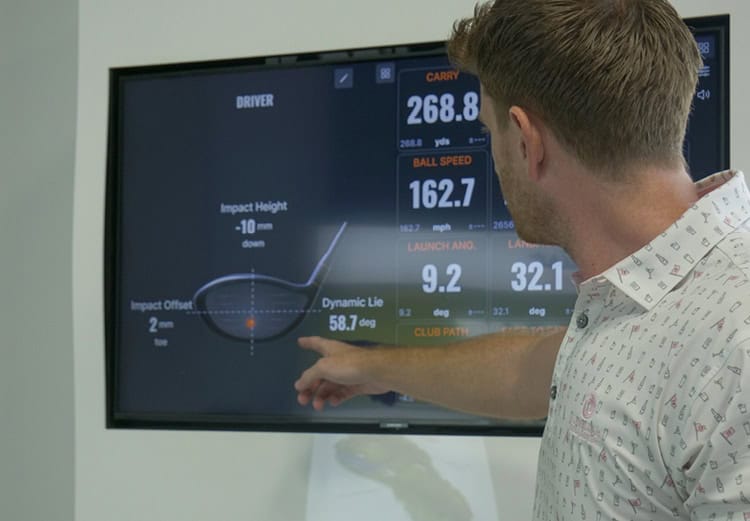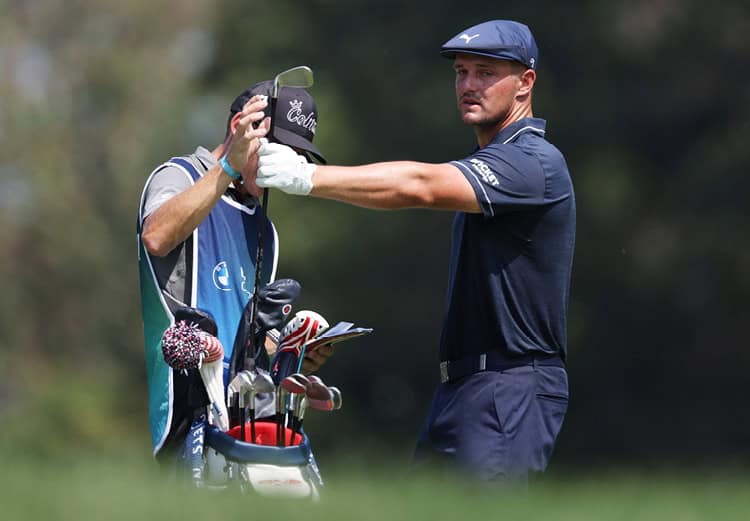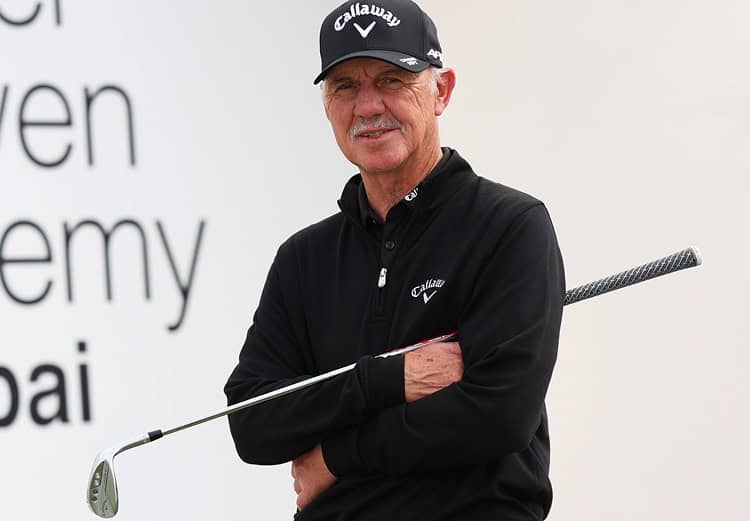
WWG: What does your job entail?
Alex Mickleburgh: My key priority will be educating and training our fitters and staff to ensure the best fitting experience, while also developing a strong retail team across our facilities. Additionally, I will oversee the golf shop at Jumeirah Golf Estates and lead fitting operations at the Titleist National Fitting Centre at Tommy Fleetwood Academy, delivering an exceptional fitting experience in the newly refurbished studio.
WWG: What is your working and golf background?
AM: I have been a PGA Professional for 11 years, starting my training at Cleethorpes Golf Club in Lincolnshire. Seven years ago, I relocated to Dubai, initially working with Troon Golf at The Els Club for three years before joining Prosports International. Fitting has always been my passion, and I find great fulfilment in helping golfers improve with clubs that suit them best. I established the first fitting studio in Lincolnshire during my PGA training and now oversee fitting and education for Prosports.
WWG: How important is local course knowledge when fitting players?
AM: Local course knowledge is essential for fitting players in Dubai, as conditions differ significantly from other regions. For instance, golfers in Dubai often need to hit the ball higher, unlike in Scotland, where lower trajectories may be more beneficial. Understanding these differences enhances the fitting experience and helps players perform at their best.
WWG: Why should all golfers get fitted for the whole bag?
AM: Many customers focus primarily on driver and iron fittings, overlooking wedge fitting. Given the unique ground conditions here, higher bounce on wedges is often necessary. Correctly fitted wedges can significantly benefit golfers, as they are crucial scoring clubs.
WWG: Has club fitting changed, and can amateurs get too obsessed with numbers?
AM: Fitting has evolved with technology like TrackMan, which provides data that enhances the fitting experience. However, amateurs often fixate on numbers without considering where the ball actually ends up. Tour players don’t achieve perfect numbers every time, so it’s puzzling when amateurs expect to. TrackMan can benefit golfers of all skill levels but can also lead to confusion if misused.
A common misconception is, “I’m not good enough to be fitted.” Every golfer has unique characteristics, so fitted equipment tailored to their needs can enhance performance.

Has Bryson DeChambeau’s tinkering influenced amateurs?
AM: Bryson has opened people’s eyes to unconventional approaches, but what works for him may not suit others. Many amateur golfers don’t realise that his clubs are designed differently from standard sets. Simply shortening shafts on regular clubs can alter their feel and swing dynamics.
Amateur golfers often complicate things unnecessarily. It’s important for them to approach fittings with an open mind, allowing for a better experience and ensuring they receive the best equipment tailored to their needs.

WWG: How often should you change your clubs?
AM: There’s no definitive answer, as it depends on how often golfers play. However, switching to newer models can lead to significant performance boosts. I recommend checking loft and lie adjustments once a season to ensure clubs are optimised for performance.
Wedges should be replaced every 70 rounds due to wear on the grooves, which can impact spin rate and ball flight.

WWG: What common mistakes do golfers make?
AM: I agree with Pete Cowen that many golfers use the wrong grip size. A quick way to assess grip size is to look at glove size; those with larger gloves often need bigger grips for comfort. Another issue is male golfers assuming they should use stiff shafts, even if their swing speed doesn’t warrant it. Customisation should be based on individual swing characteristics rather than trends.
WWG: What does it cost to get fitted correctly, and how long does it take?
AM: Fittings typically last around an hour. I like to split the session into two parts: one for drivers and woods, and another for irons and wedges. We offer complimentary fittings with club purchases; otherwise, it costs AED 495 per session.

LOWER SCORES – A survey by the National Golf Foundation revealed that golfers who invest in club fitting typically see a reduction in their handicap by an average of 2-3 strokes within a year of fitting.
GOLF CHANNEL FINDINGS – A study by the Golf Channel indicated that properly fitted clubs can improve a golfer’s accuracy by up to 25%. This is primarily due to the right shaft length, lie angle, and grip size, which help ensure that the clubface strikes the ball squarely at impact.
MORE DISTANCE – According to a report from the PGA, golfers who use fitted clubs can experience an average distance increase of 10-15 yards per club. This is often attributed to optimized launch angles and spin rates that come from using clubs tailored to an individual’s swing characteristics.